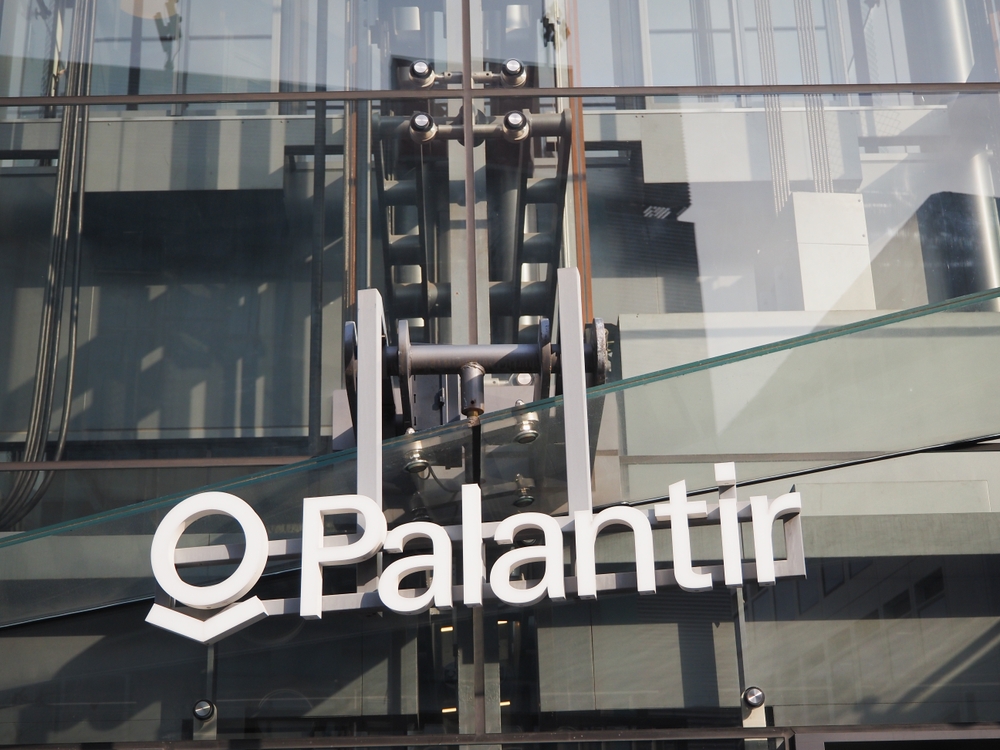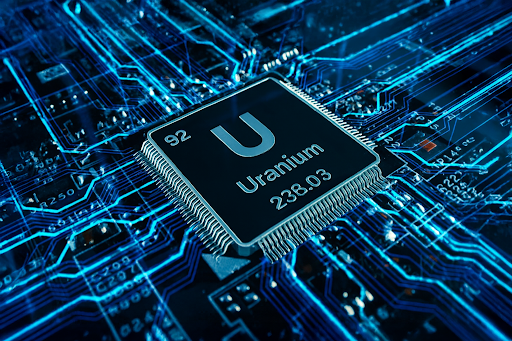In 2024, Palantir Technologies has seen its stock price more than double, a remarkable run that has captured the attention of investors. Known for its cutting-edge work in artificial intelligence (AI), defense, and software, Palantir now boasts a market capitalization of $80 billion. Investor excitement has grown even more with the company’s upcoming inclusion in the S&P 500. But does this impressive stock performance mean it’s time to invest in Palantir?
While the company’s achievements this year are noteworthy, there are several important factors to evaluate before making a decision about its stock.
Palantir’s Strong 2024 Financial Growth
Palantir’s financial results this year have been impressive. The company reported a 27% year-over-year revenue increase, bringing its quarterly revenue to $678 million. Palantir’s U.S. commercial revenue grew by an impressive 55%, as more companies adopted its AI-driven solutions. The company’s customer base expanded to 593, providing further opportunities for revenue growth.
In addition to expanding its client roster, Palantir has significantly improved its financial health. The company generated $696 million in free cash flow over the past year, marking a major turnaround from earlier losses. Operating income rose to $292 million in the last 12 months, and the company has achieved a 12% operating margin.
This combination of financial improvement and the growing demand for AI solutions has contributed to the optimism surrounding Palantir’s future potential.
Impact of S&P 500 Inclusion on Palantir’s Stock
Palantir’s upcoming inclusion in the S&P 500 has further fueled enthusiasm, driving a 10% rise in its stock price. This move is seen as a major milestone for the company, boosting investor confidence.
However, it’s crucial to keep in mind that the stock price bump tied to the S&P 500 inclusion is largely speculative. Index funds will need to purchase Palantir stock, increasing demand temporarily, but this does not necessarily indicate a change in the company’s long-term fundamentals. Investors should be cautious about viewing this index addition as a signal for sustained growth.
Evaluating Palantir’s Long-Term Business Prospects
Palantir’s business model is designed for long-term growth, with its core strength lying in its ability to retain clients and generate recurring revenue. The company’s AI and software solutions have proven to be invaluable across multiple industries, positioning it for sustained success in the commercial sector.
However, despite the optimism, Palantir’s current valuation raises some questions. The company’s price-to-sales (P/S) ratio of 34 reflects high expectations for growth and profitability in the coming years. Even with an ambitious annual growth rate of 30% over the next five years, Palantir would need to achieve $9.2 billion in annual revenue while maintaining a 30% operating margin — a tall order for any company, no matter how successful.
Valuation Concerns: Is Palantir Overvalued?
At its current market cap of $80 billion, Palantir’s valuation rivals that of major global software companies. The company’s stock-based compensation structure has also led to share dilution, which could impact future earnings potential and investor returns.
Even with optimistic growth projections, Palantir’s price-to-earnings (P/E) ratio could still hover around 26.6 five years from now, placing it in line with the broader market. This leaves little room for error, meaning the stock could be vulnerable if Palantir fails to meet these lofty expectations.
Exercise Caution Despite the Hype
Palantir’s rapid rise in 2024 and its inclusion in the S&P 500 are undeniably impressive, but that doesn’t automatically make it a buy. The company’s high valuation and future growth expectations require careful consideration. While Palantir is positioned well within the AI and defense sectors, the current stock price may be too high for many investors looking for value.
For those intrigued by Palantir’s long-term prospects, it might be worth waiting to see if the stock price adjusts to a more sustainable level. Exercising caution and evaluating whether the company can maintain its momentum will be key for investors moving forward.







